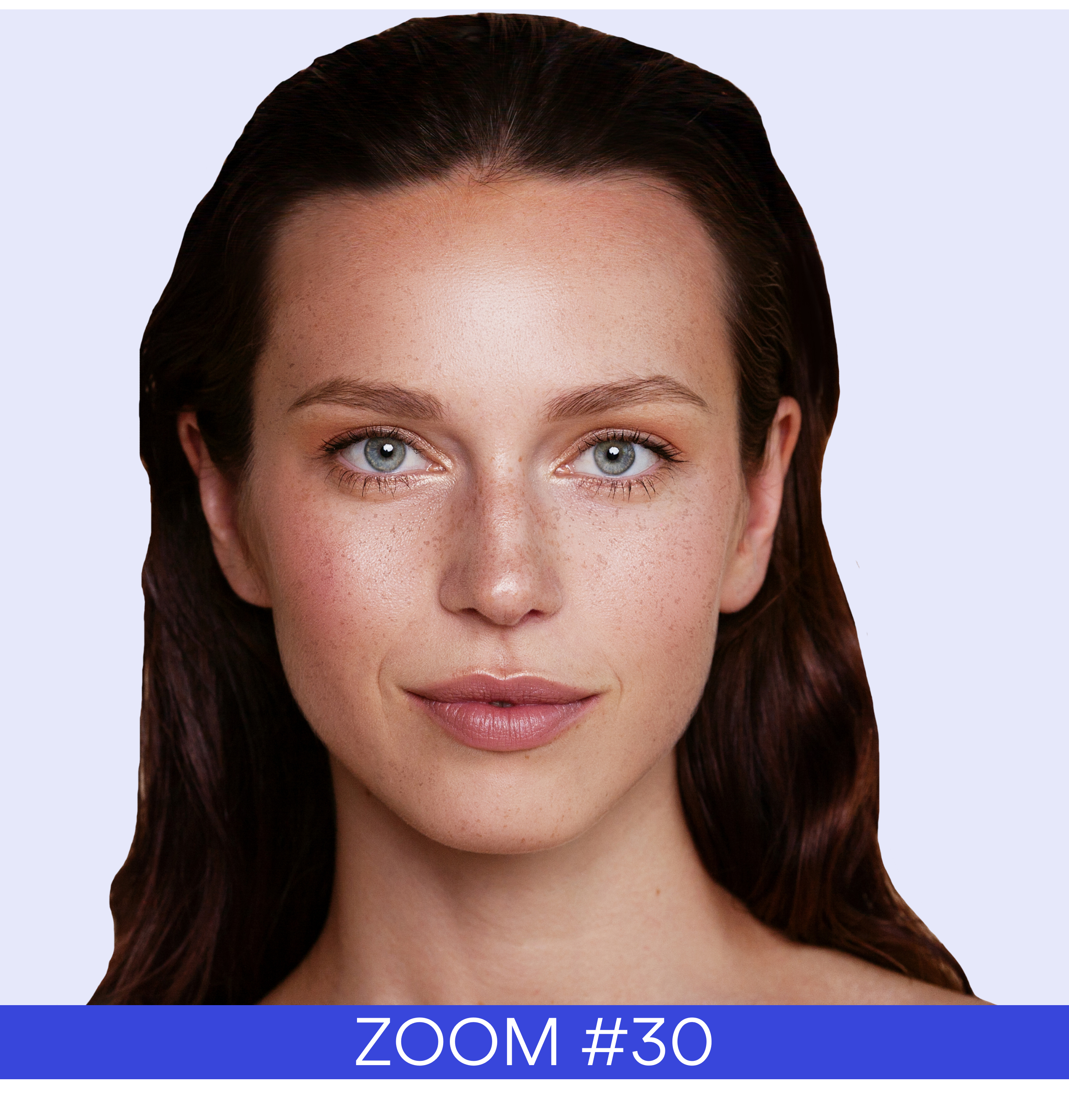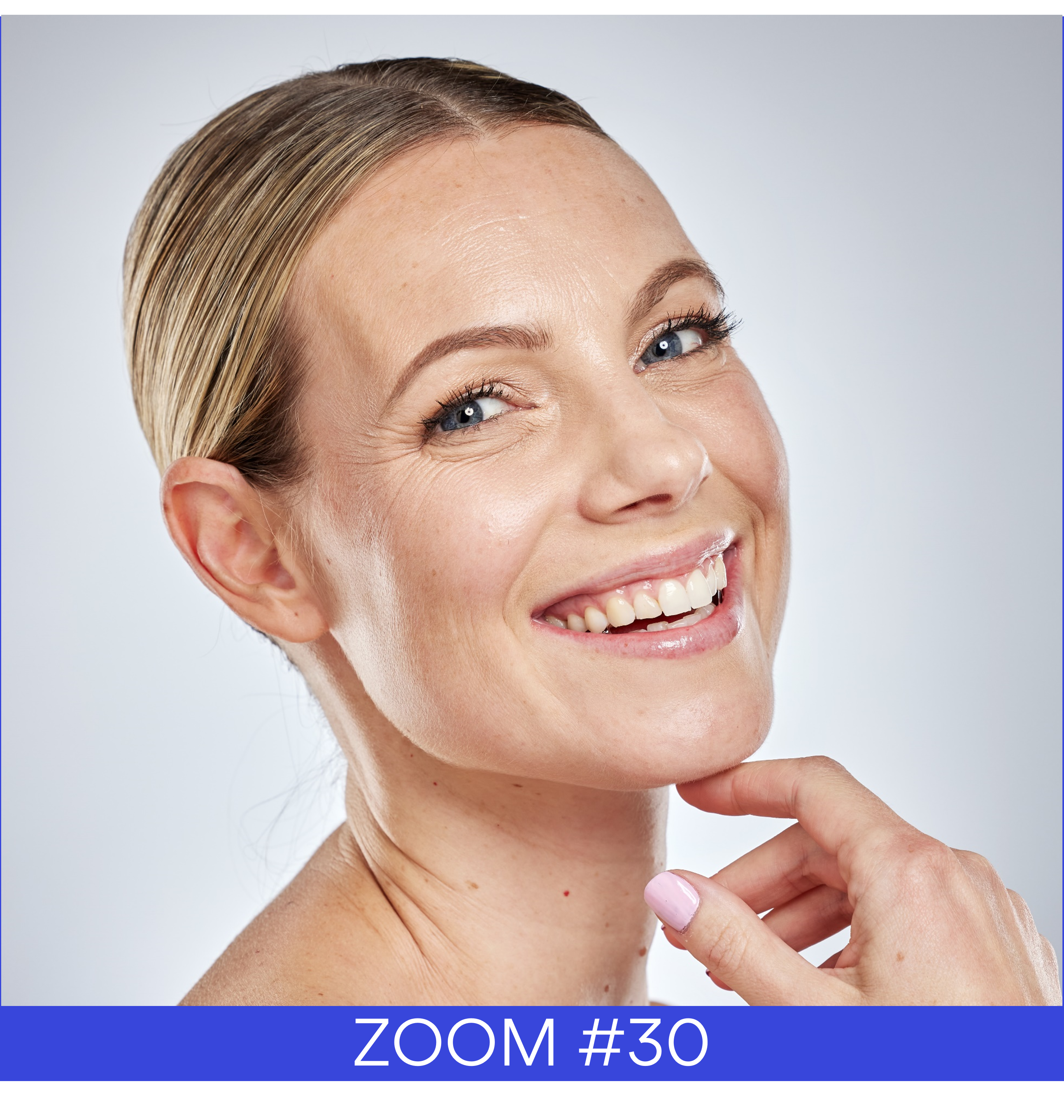🔎 Hair is an integral part of one’s identity, and people around the world place a great deal of importance on its look and style. Consumers are now looking for more inclusive, natural, ethical, and sustainable products that can help them improve their hair grooming rituals while still providing the necessary cleansing and caring benefits.
Biometrological measurements to assess hair care performance
Evaluating the efficacy and safety of hair and scalp grooming products and treatments, as well as improving them for the beauty market, is a key part of R&D. For this, clinical tests, biometrological studies, and in-vivo or hair strand tests are used. However, the challenge for evaluation managers and cosmetic chemists is to find the right method, a reliable protocol, and a suitable testing partner.
A multitude of benefits whatever is the type and ethnicity of hair: Care, Volume, Anti-Frizz, Smoothing, Flat Hair, Repair, Gloss, Shine, Colour, Fine Hair, Curly Hair, straightening effect, Restore, Anti-Sebum, Anti-Dandruff, UV Protection, Anti-Breakage, Moisturising…
The various biometrological measurements dedicated to fibres, strands and hair testing are focusing different targets: the scalp, the cuticle, the cortex, the hair structure and mechanisms or the growth and can be implemented under controlled conditions of temperature, hygrometry, and humidity.
At Testing Laboratories 🔬, hair locks are tested in a controlled environment with a specific temperature and humidity. Standardised hair tresses are used to accommodate different types of hair, such as Caucasian, Asian, Brazilian, African, straight, wavy, or curly. Treatments can be done prior to product application to assess its effectiveness on weakened hair. Additionally, real-life scenarios such as sun exposure, sea exposure, swimming-pool exposure, and sports activities can be simulated to better back up innovative cosmetic claims.
The study of the hair can be classified in 3 main areas:
1. Chemical Properties • Colour and brighness and permeation • Hair permeability • Hair protection
2. Mechanical properties • Fibre aspects and swelling Analysis • Mechanical properties analysis • Combing and abrasion of the hair
3. Hair volume and straightness, and anti-frizz effect
4. Scalp conditions and skinification performance
👉 Are you a R&D manager or Cosmetics chemist looking to study the scalp? If so, you can access the Clinical testing Platform for free and find all the instrumentation and tests used to analyze the scalp. These tests are adapted to the surface topology and size of the area being studied and can be conducted in-vivo on men or women. The results can be quantified and visualized to get the best results you want for your products or actives.
How do the methods used to study the scalp compare to those used to study the skin?
• Moisturizing effect
• Barrier Function
• Soothing effect
• Seboregulation
• Anti-Dandruff
• Hair loss and hair growth
• Microbiome of the scalp
As consumers become increasingly aware of the need for eco-responsibility, a new trend is emerging in the form of biodegradability and ecotoxicology tests.Additionally, tests are being developed to measure the amount of water needed to rinse both solid and liquid products.
👉 Find out more on the clinical testing platform









 Follow us on Linkedin!
Follow us on Linkedin!